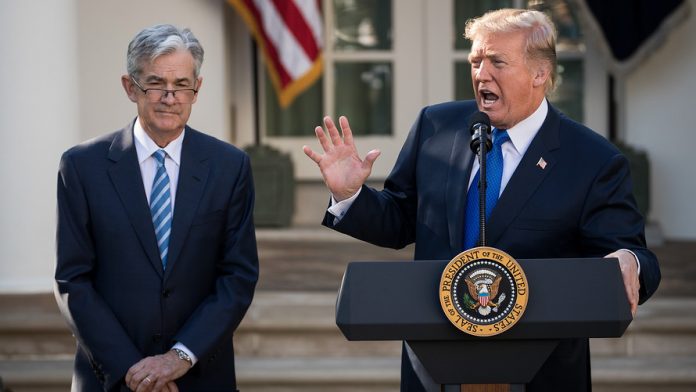After a weak jobs report came out last Friday, economist have predicted a shift in the Fed’s policy – expecting a further delay in interest rate hikes until at least September of this year.
Richard Moody, chief economist at Regions Financial in Birmingham, Alabama, said playfully, “The Fed is on hold until we come back from the beach.”
And though he may have said it in a light-hearted manner, Moody is dead serious about early indicators of an economic slowdown – emphasizing that we’ll continue to get mixed signals until the real contraction comes.
“It doesn’t happen in a straight line,” he remarked.
One of those deviations, in this case, was revealed in the February jobs report. According to the data from the U.S. Department of Labor, America only added 20,000 jobs last month, falling well short of the 180,000 job estimate and the 311,000 job-gain in January.
But Moody doesn’t think this means any rate cuts are in our future, rather there will just be a delay in planned increases:
“I know the market seems to have totally discounted it, but it is not clear to me the Fed is quite finished [raising rates]. You can’t dismiss the possibility that core inflation picks up later in the year.”
His estimate – that the market thinks a rate decrease is coming later in the year – appears somewhat accurate, as evidenced by 2019’s stock rally. Bulls have had a great year so far, and so long as Fed Chairman Jerome Powell keeps up with his dovish trends, equities could continue on their current trajectory.
But, if a rate-cut doesn’t occur in 2019, or even worse, Powell announces a rate hike, things could get very hairy for investors in a hurry.
And while it’s true that the Fed’s “wait-and-see” approach will eventually put stress on the market via the uncertainty it creates, it might be necessary. Letting investors “do their own thing” for a little while, uninhibited by interest rate manipulation, will tell the Fed which way the market wants to go naturally.
Seth Carpenter, chief U.S. economist at UBS, agrees with Moody’s prediction, adding that a pause on rate changes is the smart move, remarking that “[the Fed] need[s] to stand back for a couple of quarters.”
Carpenter also thinks that 2019’s rough first quarter won’t set the trend for the rest of the year. The next six months, he says, will enjoy a nice rebound that could prompt the Fed to raise rates later on.
It could all culminate in strange “catch-22” scenario for investors. If the economy shows signs of strength, the Fed would likely raise rates and skewer equities. If the economy shows signs of weakness, Powell and co. would either continue stalling or even slash rates further, boosting stocks in spite of weak economic growth.
Over time, we’ve seen that investors care more about the Fed’s policymaking than raw economic data, and this year could be another example of that. Even if the economy is getting crunched, investors will happily go down with the ship, so long as the Fed keeps rates low and corporate debt cheap.







